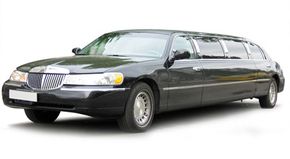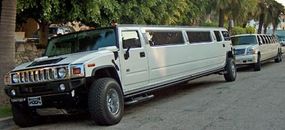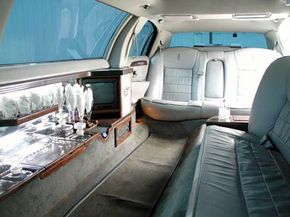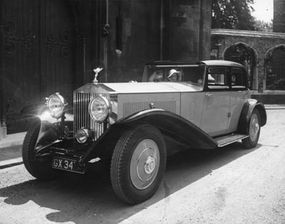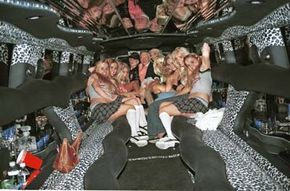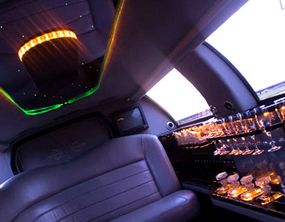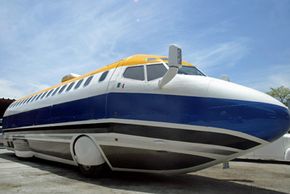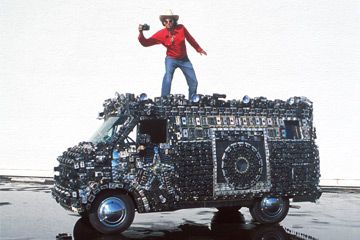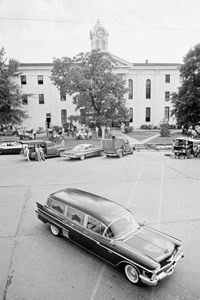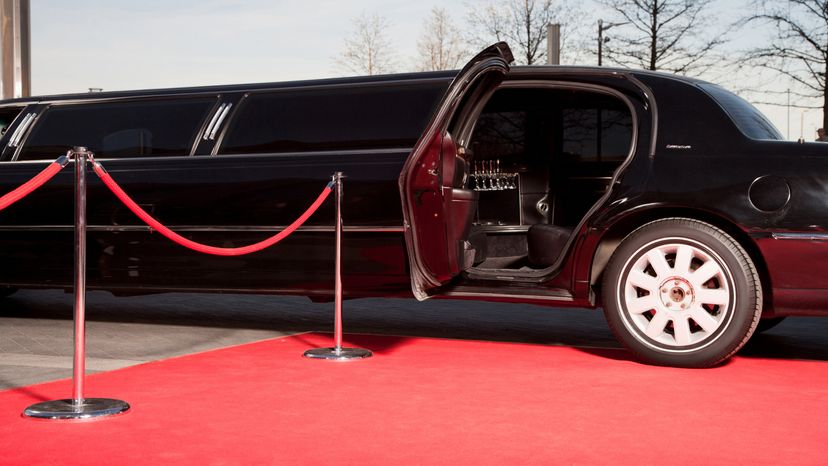
When thinking about the various trappings of wealth, you probably imagine huge mansions, enormous swimming pools, fancy clothes and, of course, beautiful limousines stocked with expensive alcohol and state-of-the-art electronic gadgets. While limousines were once a luxury enjoyed mainly by the extremely rich, today they're a staple of airport transportation and a favored way to arrive at formals, dances and weddings.
What exactly is a limousine? For many people, the word "limousine" conjures up the image of an incredibly long car with lots of dark-tinted windows. Actually, a limousine can be as simple as a nice Lincoln Town Car. There's no standard limousine make or model -- instead, the word refers to a vehicle that has a larger compartment in the back half of the car than your average automobile. To call a car a limousine, you really just need a nice car that has a lot of leg room in the rear compartment. It also helps if you have a driver, or chauffeur, driving the car for you while you relax in the back.
Advertisement
The word "limousine" comes from a town in France called Limousin. The original limousine wasn't a vehicle at all -- it was a piece of clothing. Shepherds in Limousin created a raincoat with a hood to protect them from the elements. They called this hooded cloak a limousine. Eventually, coach-builders in Paris began to call covered coaches limousines (some speculate the first coach-builder to do so was from Limousin). Wealthy passengers could sit under cover while a driver handled the horses [source: Lancashire Limos].

As the horseless carriage became popular, the term was applied to automobiles driven by a hired man to transport passengers, who sat comfortably in the back. Limousine services sprang up in places like New York City, where entrepreneurs foresaw a market for visitors who wanted to travel in luxury. As early as the 1920s, businessmen began to create limousine companies, some of which still exist today [source: Limo Broker].
In this article, we'll look at some of the popular vehicles used as limousines straight off the factory line. We'll also look at how independent companies convert standard vehicles into stretch limousines. We'll sample some of the amenities you can find in most limousines, as well as a few more exotic options. Finally, we'll look at some facts and figures regarding limousines and chauffers.
In the next section, we'll learn about the common vehicles used as limousines.
Advertisement
